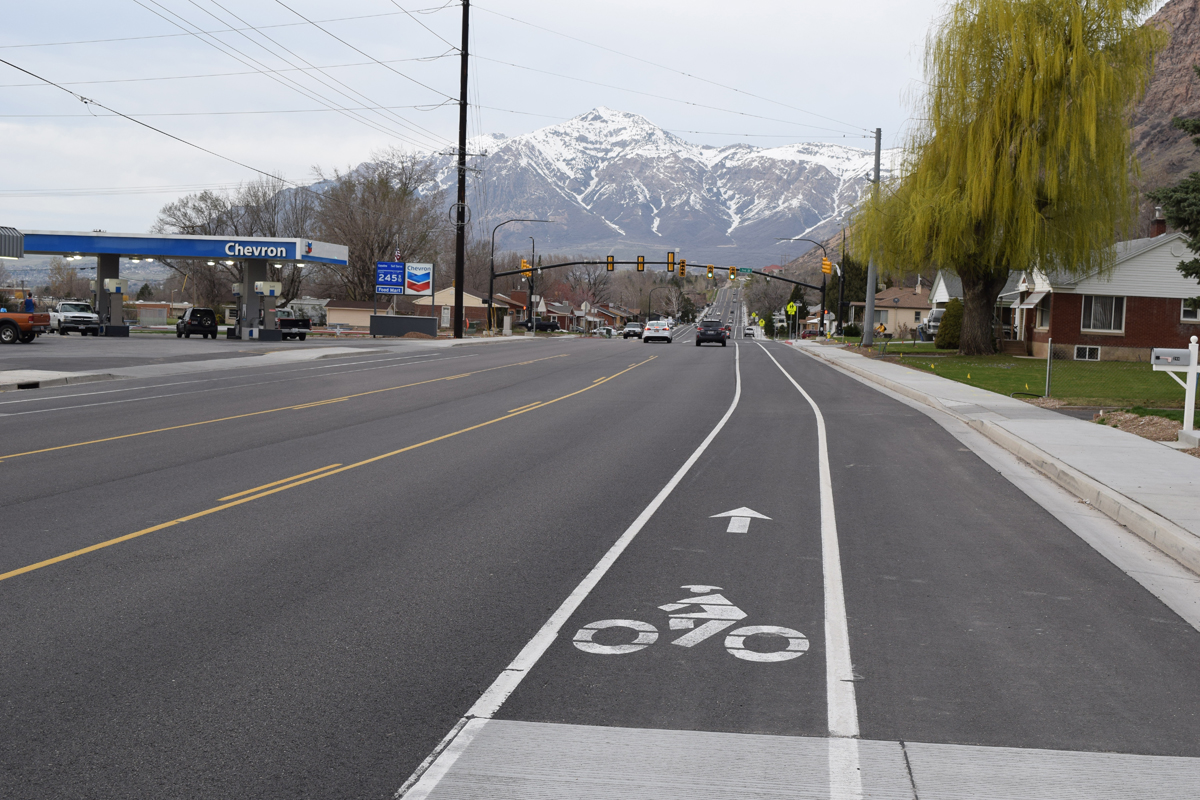If you build it, they will come. New bicycle lanes will encourage people to bike to work, but more in suburbs than in the city. That’s what researchers from two Canadian universities found after surveys in 17 neighborhoods in the Toronto area.

People who biked to work at least once a week reported riding more often when new lanes became available. A greater percentage of city dwellers already biked to work before tracks were added, so there was less potential to increase bike commuting.
See Do New Urban and Suburban Cycling Facilities Encourage More Bicycling?: https://www.researchgate.net/publication/352056320_Do_new_urban_and_suburban_cycling_facilities_encourage_more_bicycling.
Citation: Mitra, Raktim & Khachatryan, Avet & Hess, Paul. (2021). Do new urban and suburban cycling facilities encourage more bicycling?. Transportation Research Part D: Transport and Environment. 97. 102915. 10.1016/j.trd.2021.102915.
Abstract: Cycling facilities have become a widely used sustainable transportation policy tool, but their impacts on reduced car dependence are difficult to isolate. This paper presents the findings from a household survey conducted in 17 neighbourhoods in the Toronto region, Canada, some with a recently built cycling facility and some without. Results indicate higher odds of increased commute-related bicycling on streets with a new cycling facility. People who were already commuting by bicycle at least once a week are likely to bicycle more frequently after new facilities are built. Bicycling uptake is more obvious in neighbourhhods with a new cycle track, while changes relating to bicycle lanes were not statistically different from neighbourhoods without a facility. All else being equal, urban cycling facilities were associated with higher odds of increased commute-related bicycling, compared to suburban locations. Findings offer insights into expected outcomes of bicycle network expansion policy/projects.







